Articles & Features
Innovative Architecture: Ten Buildings that Redefine Sustainability
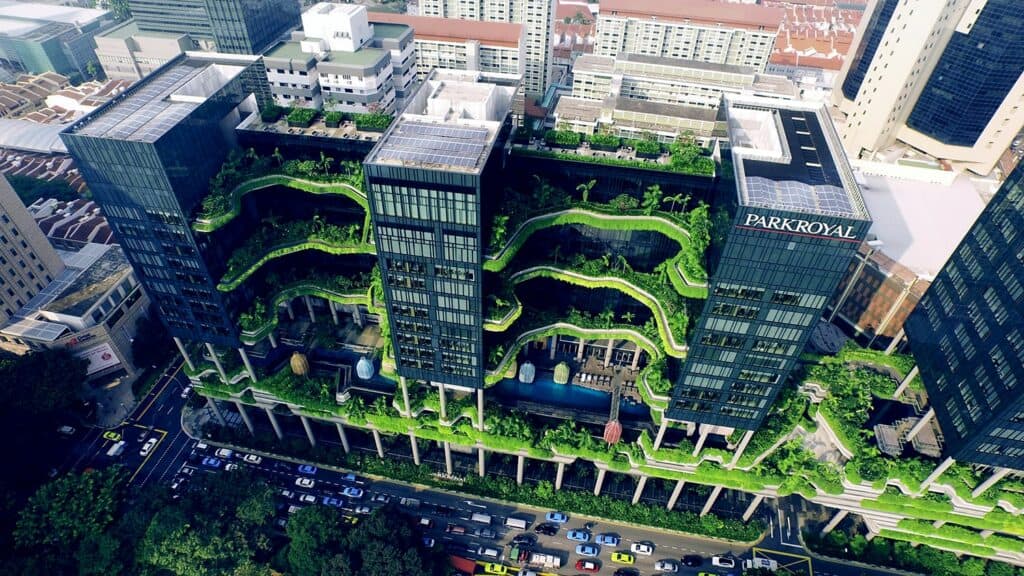
By Tori Campbell
Innovative Architecture
Sustainability has become the main objective and desirable standard for buildings pretty much everywhere, enabling us to admire an always-increasing number of innovative architecture examples in our cities around the world. From wind turbines on skyscrapers to vertical urban gardens and rooftop ski slopes, inventive and exploratory green buildings are pushing the boundaries of the architecture industry.
Take a look at part one of our series — Sustainable Architecture: Between Ancient Materials and New Practices –to get a foundational understanding of the movement and then enjoy this roundup of ten examples of the most innovative architecture in the world.
Shanghai Tower: Shanghai
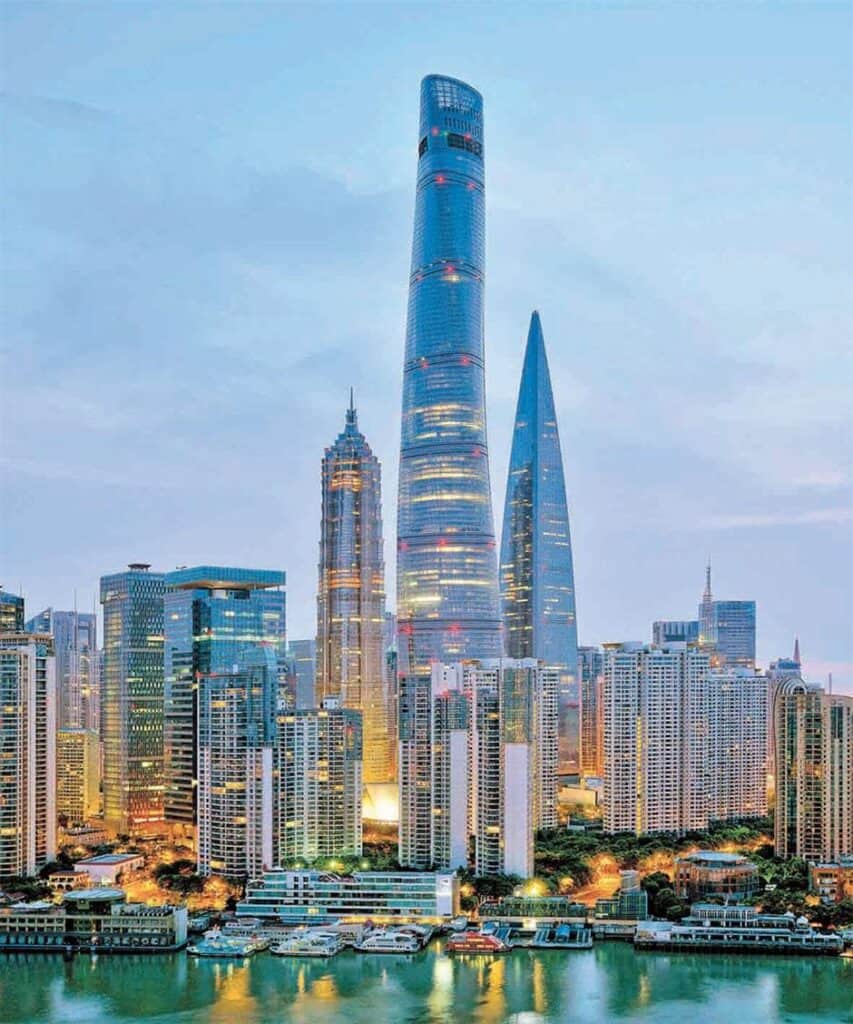
The Shanghai Tower, designed by American architectural firm Gensler, is an exemplary piece of innovative architecture. Incorporating numerous sustainable elements, the tower is designed to recycle its wastewater, capture rainwater for internal use in toilets and green spaces, and has been specially designed with a 120-degree twist in its facade to reduce wind loads on the building by nearly a quarter. The twisting design also allowed the reduction of construction materials needed, using about 25% less structural steel than other towers of similar height. Awarded certifications from the China Green Building Committee and the U.S. Green Building Council, the building is topped with wind turbines that are capable of providing supplementary energy, anticipated to cover up to 10% of the building’s electricity needs.
Amager Bakke: Copenhagen
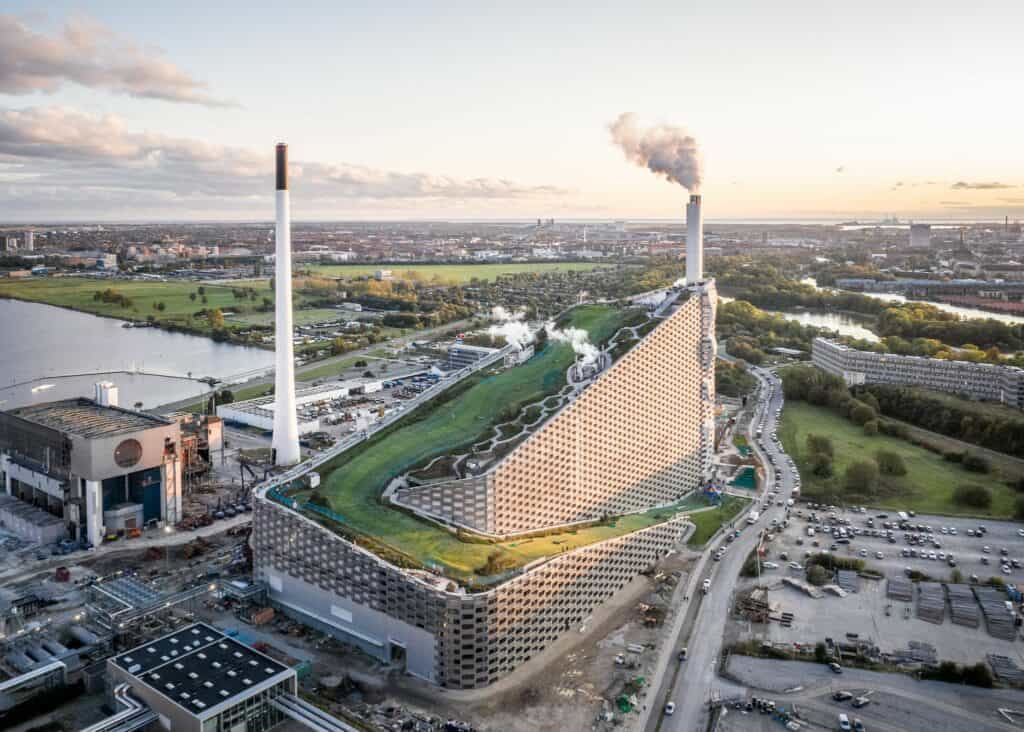
Amager Bakke, or Amager Hill, in Copenhagen is home to a surprising combination of uses. The building, sometimes referred to as ‘Copenhill’, is both a heat and power waste-to-energy plant and, surprisingly, a sports facility. The local Copenhagen-based architecture firm BIG (Bjarke Ingels Group) is responsible for the behemoth waste incinerator that provides municipal heating to the surrounding area. Topped with a year-round artificial ski slope that also provides a hiking path and climbing wall, the project is integral to the city’s ambition to become zero carbon by 2025.
One Central Park: Sydney
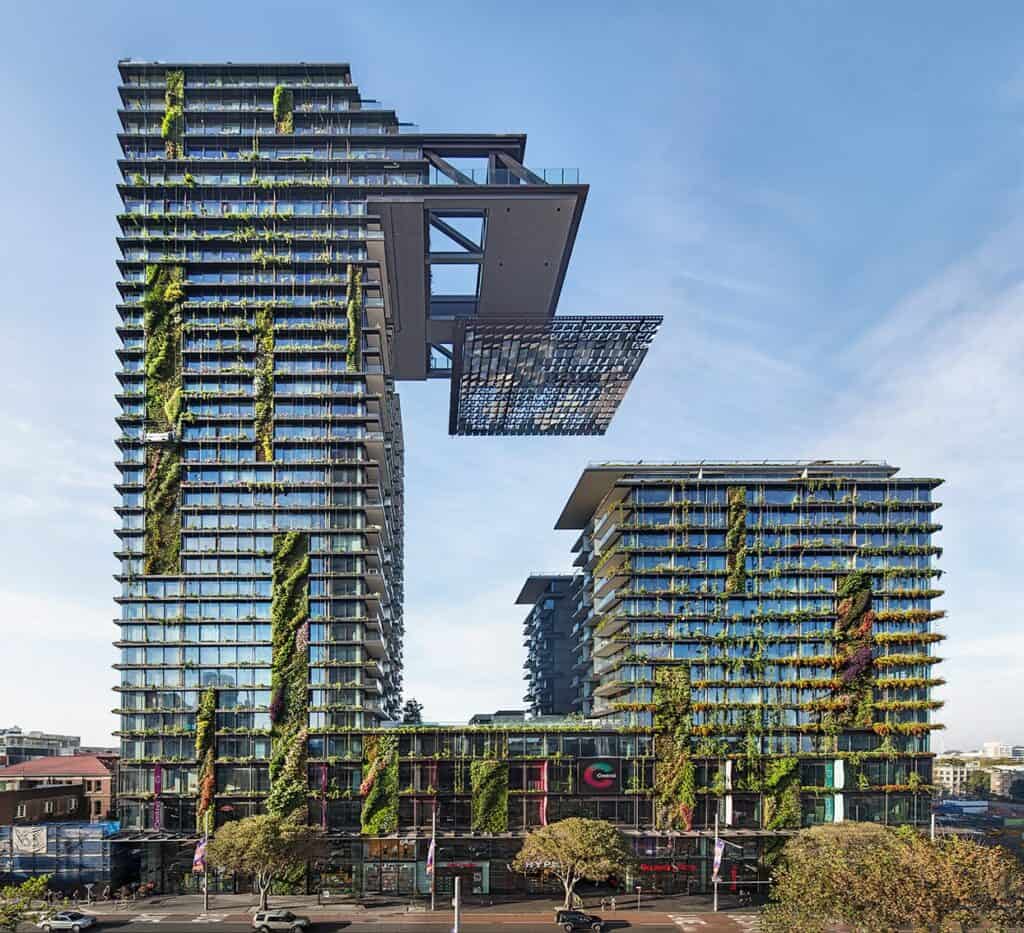
One Central Park in Sydney was developed as a joint venture between Frasers Property and Sekisui House, as the first stage of the local urban renewal project. The mixed-use building, comprising two residential apartment towers and a large retail shopping center, has been awarded a 5 Star Green Star by the Green Building Council of Australia, making it the largest multi-residential building of its kind to receive such a designation. Committed to self-sufficiency, the innovative architecture incorporates a low carbon power plant and an internal water recycling plant, allowing the space to serve its residents’ heat and water needs sustainably.
Bank of America Tower: New York City
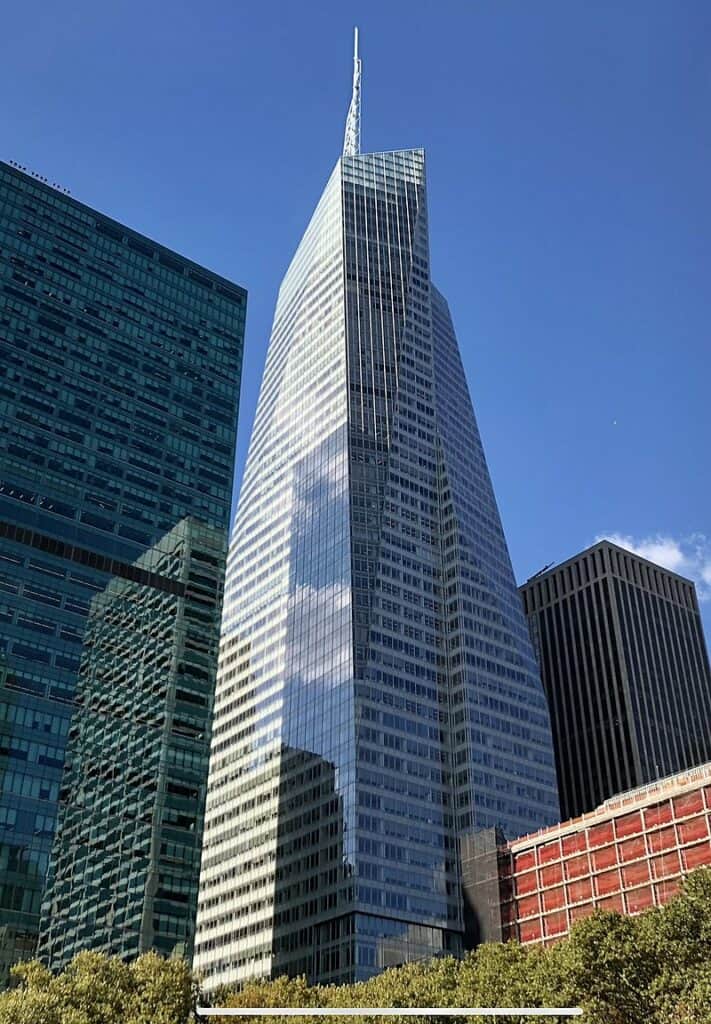
New York City’s Bank of America Tower, coming in at 365.8 metres (1,200 feet), is thought to be one of the most efficient and sustainable skyscrapers in the world. COOKFOX Architects designed the $1USD billion project using both recycled and recyclable materials. Utilising slag in the cement construction – a byproduct of blast furnaces – the tower was able to reduce CO2 emissions normally associated with the manufacturing of concrete. The building also features greywater systems to collect and reuse rainwater, and in 2013 Brooklyn Grange Rooftop Farm installed two honeybee hives on the building.
Manitoba Hydro Place: Manitoba
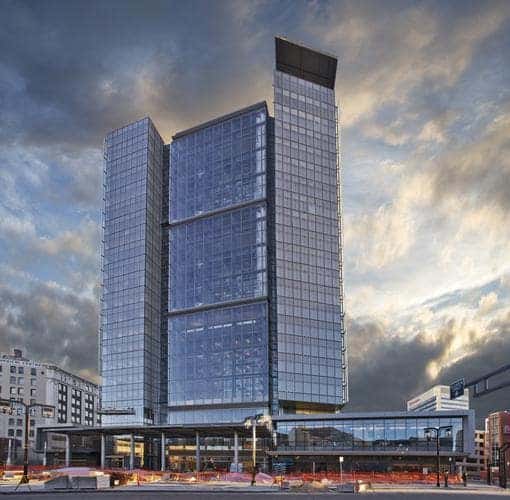
Headquarters of Manitoba Hydro, an electric power and natural gas utility in downtown Winnipeg, Canada, the Manitoba Hydro Place was designed by Smith Carter Architects. The tower opened in 2008 to much fanfare when it was dubbed one of “the most energy-efficient office towers in the world” by CBC and the “most important building in Canada” by the Toronto Star. In 2012 the building received LEED Platinum certification, making it the most energy-efficient office in North America. Designed using an ‘Integrated Design Process’ to optimise the building’s efficiency, the structure features high ceilings to maximize natural light, automated solar sharing, green roofs, and many other systems integral to the sustainability of the tower.
Parkroyal Collection Pickering: Singapore
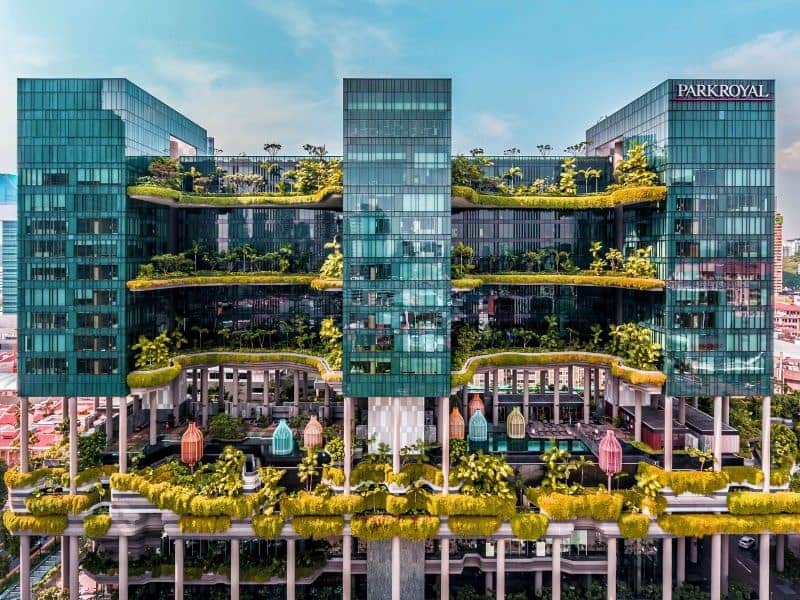
The Parkroyal Collection Pickering is a luxury hotel in central Singapore designed by WOHA. The Singaporean architecture firm is known for the extraordinarily green facades on the buildings they design, and the Parkroyal Collection is no exception. Designed to be a ‘hotel within a garden’, the building has won numerous awards for its innovative architecture that includes over 15,000 square metres (160,000 square feet) of elevated terraced gardens. These gardens are designed to be self-sufficient and sustainable by using solar cells, rainwater collection, motion sensors, and reclaimed water.
Bahrain World Trade Center: Manama

The 240-metre-high (787 feet) twin tower Bahrain World Trade Center is a futuristic look into sustainable design located in Manama, Bahrain. Designed by the architectural firm Arkins, the twin towers feature multiple wind turbines on the sky bridges between the two skyscrapers. Developed, built, and installed by the Danish company Norwin in 2008, the turbines have made the structure the first in the world to integrate wind technology into its design. Strategically positioned to capture the wind coming in from the Persian Gulf, the sail-shaped buildings act as funnels for the turbines, allowing the gap between to become a wind stream. This effort to leverage as much wind as possible to be converted into power allows for roughly 11-15% of the buildings’ total power consumption, reportedly equivalent to the electricity needs of about 300 homes, 258 hospitals, 17 industrial plants, and 33 car engines.
Wat Pa Maha Chedi Kaew: Sisaket
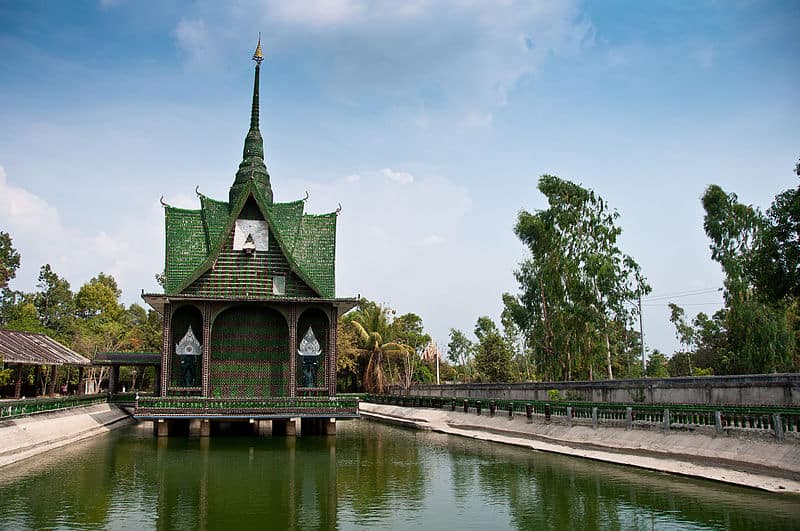
Wat Pa Maha Chedi Kaew, which literally translates to ‘Wilderness Temple of the Great Glass Pagoda‘, is more often known as the Temple of a Million Bottles. This Buddhist temple, found in the Khun Han district of Thailand’s Sisaket province, is made of over 1.5 million empty beer bottles. Beginning collection in 1984, the monks onsite wanted to lead by example to show the local area how a greener lifestyle could be possible and thus decided to used the recycled Heineken and Chang beer bottles as a building material. After the construction of the first main temple, the monks continued their collection and building, expanding the site to 20 buildings by 2009.
Council House 2: Melbourne
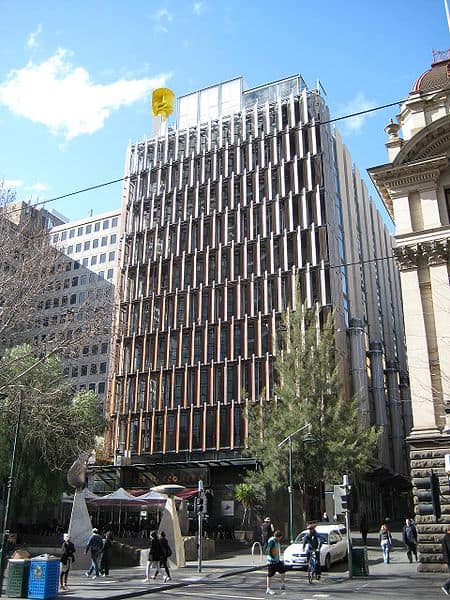
Council House 2, an office building in Melbourne, Australia, became the first purpose-built office building in the country to receive the nation’s highest sustainability certification: a Six Green Star rating by the Green Building Council of Australia. Built with the hopes of influencing future design and spurring innovative architecture, CH2 incorporated biomimicry in its design to leverage maximum energy efficiency. Designed by Mick Pearce – the architect of the massively successful shopping mall in Harare, the Eastgate Centre – he employed numerous techniques to reduce artificial heating and cooling needs, inspired by the architecture of climate-controlled termite mounds.
Pearl River Tower: Guangzhou
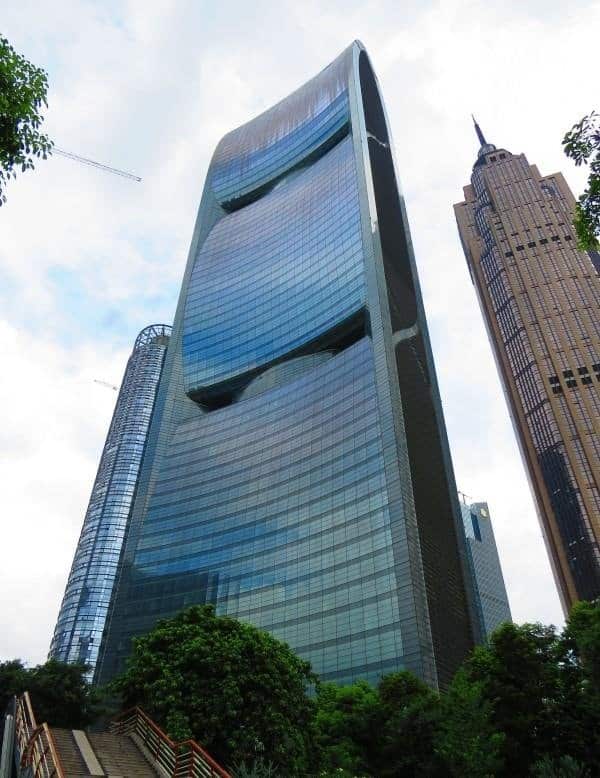
Designed with sustainability and energy conservation in mind, the Pearl River Tower in Guangzhou has employed numerous design innovations in green energy that allow for it to arguably be the most eco-friendly skyscraper. Thought to be the most energy-efficient super-tall building in the world, the Pearl River Tower cuts energy use to 58% of what similar structures consume. Using wind turbines, solar collectors, radiant heating and cooling, among myriad other sustainable design features, the tower is emblematic of China’s desire to drastically reduce carbon dioxide emissions.
Relevant sources to learn more
Learn more about the different kinds of sustainable architecture here.
Take a trip around Copenhagen to explore the numerous sustainable buildings the city has to offer.
Sustainability in the Art World: Fighting the Environmental Crisis